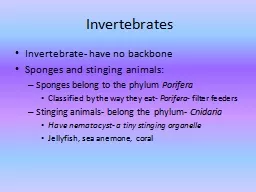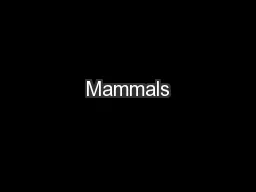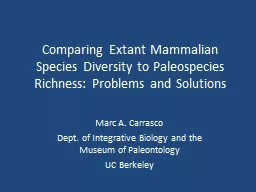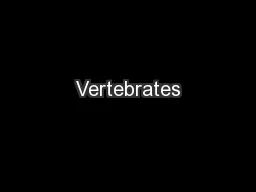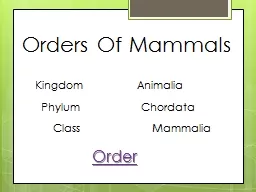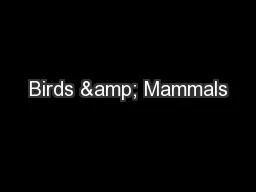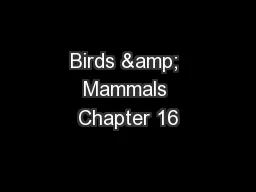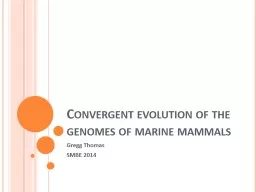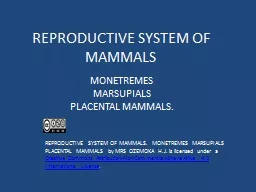PPT-MAMMALS I From Therapsid
Author : garcia | Published Date : 2023-10-30
Ancestors that dominated the Permian And Early Triassic Triassic Takeover Dominance of dinosaurs may have driven some therapsids to a nocturnal insectivorous
Presentation Embed Code
Download Presentation
Download Presentation The PPT/PDF document "MAMMALS I From Therapsid" is the property of its rightful owner. Permission is granted to download and print the materials on this website for personal, non-commercial use only, and to display it on your personal computer provided you do not modify the materials and that you retain all copyright notices contained in the materials. By downloading content from our website, you accept the terms of this agreement.
MAMMALS I From Therapsid: Transcript
Download Rules Of Document
"MAMMALS I From Therapsid"The content belongs to its owner. You may download and print it for personal use, without modification, and keep all copyright notices. By downloading, you agree to these terms.
Related Documents


